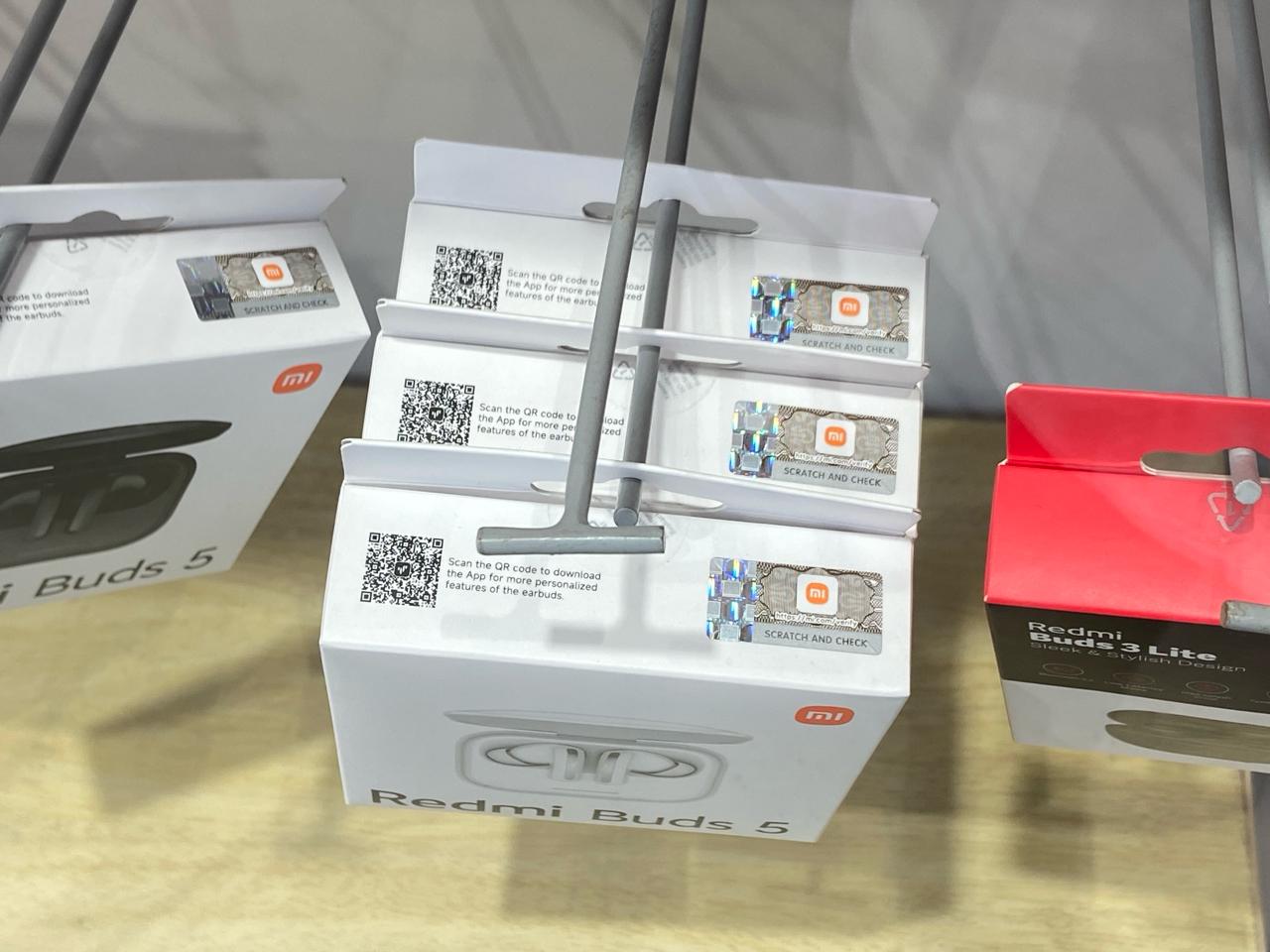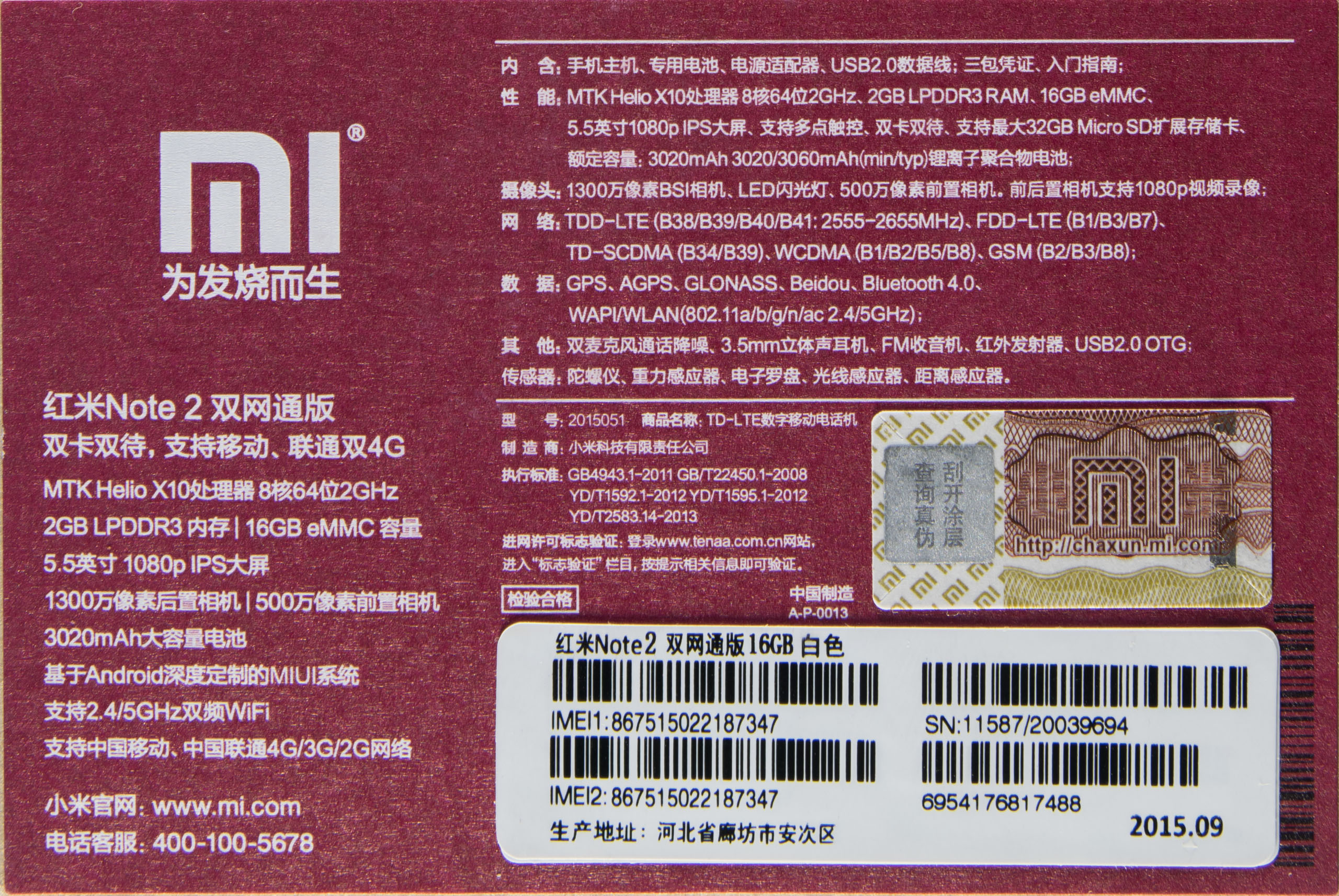



Credit: Xiaomi authentication label
Continuing our series on brand protection programmes implemented by some of the world’s biggest brand owners, this month we turn our attention to the Chinese technology company Xiaomi, one of the youngest companies on the Fortune Global 500 and among the largest smartphone manufacturers in the world.
According to Xiaomi, its ‘MI’ logo stands for both ‘Mobile Internet’ and ‘Mission Impossible’, given the many, seemingly impossible, challenges the company had to surmount in its early days.
Today, despite Xiaomi’s countless achievements, it continues to face many challenges and allegations. These include a highly competitive market, misleading sales figures, bans in a few countries due to patent infringement, sanctions in the US, allegations of military ties, violations of foreign exchange laws, sponsoring the Russian invasion of Ukraine, imitating copyright design, overreliance on smartphone sales, limited offline retail presence… and product counterfeiting.
Regarding infringement allegations, Xiaomi has been accused of imitating Apple products and the Apple image. Its CEO, Lei Jun, has even been called a ‘counterfeit Jobs’, cultivating an image based on Steve Jobs, co-founder of Apple, including copying Jobs’ dress and speaking style during the launch of Xiaomi’s earlier products.

These days, however, Xiaomi has to fight counterfeiting of its own products, as a result of an expanded presence in emerging markets, and a growing demand for affordable smartphones and smart devices. In 2017, Manu Kumar Jain, Xiaomi’s Vice President of India, revealed that fake MI power banks were the second highest selling power banks in India after the original MI power bank.
While Xiaomi allegedly copied Apple’s product packaging style, its brand protection measures differ from Apple’s.
The company applies a QR code to entry-level primary products, and a unique anti-counterfeiting label to most of its accessories, such as power banks and ear pods. In some countries, it also uses the label for mobile phones.

The label is similar to the size of a cigarette tax stamp and includes various overt and covert security features, together with a 20-digit security code, hidden beneath a scratch-off layer.
Interestingly, some Xiaomi labels carry a security thread, which is rare for brand protection. Other examples of threads used in brand and revenue protection include the Russia alcohol tax stamp and Microsoft’s first-generation certificate of authenticity labels for Windows software.
Given that Xiaomi sells a significant portion of its products online, via different websites, it has set up a webpage and app for users to check product authenticity.
The webpage offers two types of authentication: one for smartphones and one for other products. Users can check product authenticity via the 20-digit security code on the authentication label, as well as – in the case of phones and tablets – by means of the device’s serial number.
While Xiaomi uses the highest levels of security on its label, this newsletter noted some missing elements in its anti-counterfeiting strategy:
Consumers need to be made aware of packaging and authentication mechanisms specific to the product they buy, especially made aware overt security features, so that they can identify genuine products. For example, in the Indian market, Xiaomi added holograms to its power banks in addition to the security label, but if consumers are not aware of these holograms, they are not going to be of much use.
While it is good to see brands investing in anti-counterfeiting labels, it would be best if they were accompanied by strategies to increase consumer awareness, enforce laws, and detect counterfeit goods.